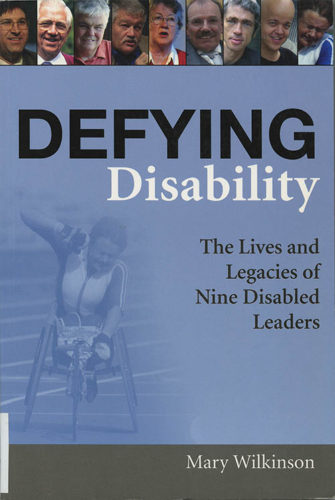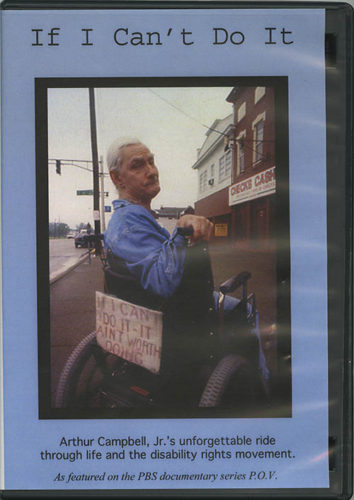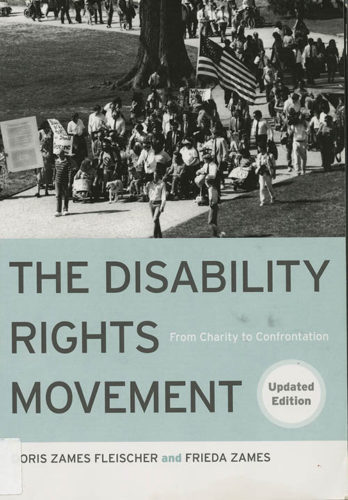Although there were some efforts to pass legislation and bring awareness to disability rights during the first half of the twentieth century, the disability rights movement did not really take off until the 1970s. The passage of the Civil Rights Act in 1964 significantly impacted subsequent disability rights legislation and in the following decades, individuals from different disability groups began to work together to promote awareness and to fight for equal rights and opportunities for individuals with disabilities.
A key piece of legislation which propelled the disability rights movement in the 1970s was the Rehabilitation Act of 1973. President Richard Nixon vetoed the act twice and disability rights activists rallied in Washington, D.C. to protest. The act prohibited discrimination on the basis of disabilities and became the basis for Title I of the ADA. Section 501 of the Rehabilitation Act required affirmative action and nondiscrimination in employment by Federal agencies of the executive branch. Section 504 also prohibited individuals with disabilities being excluded from, denied the benefits of, or subjected to discrimination under any program or activity that receives Federal financial assistance or is conducted by any Executive agency. President Nixon signed the Rehabilitation Act into law on September 26, 1973.
The items in this case highlight the history and leaders of the disability rights movement in the United States. Some of the individuals featured in this case who served as key players in the movement include Billy Groffus, Justin Dart, Judy Heumann, and Ed Roberts.




